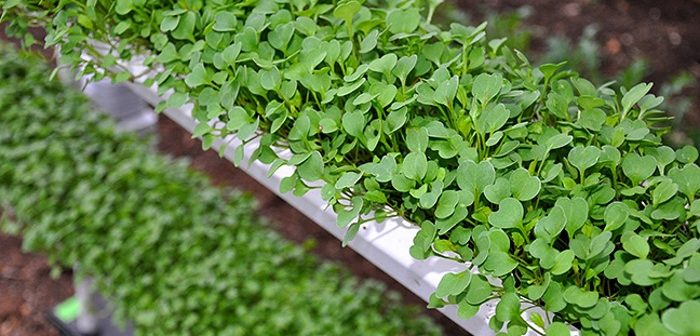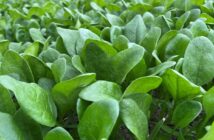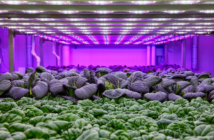Rural Minnesota has a lot to offer, and the University of Minnesota Extension’s Regional Sustainable Development Partnerships (RSDP) are working to add year-round access to local greens to the list.
RSDP is helping small- and mid-scale farmers to grow fresh greens all year by using Deep Winter Greenhouses. These greenhouses maximize solar energy use and can be attached to an existing structure. Stored heat percolates from an underground rock bed.
Sue Wika, a farmer and Sustainable Farming Association educator, has used the technology to offer winter greens around her northern town of Ashby. “It’s so doable, and it’s such a nice fourth-season income stream and innovative production method,” she says. In the dead of winter, Wika’s CSA customers are getting greens that have just been cut. “Customers appreciate the super fresh, flavorful greens.”
As with any emerging technology, these passive solar greenhouses require research and testing to achieve their full potential. In a partnership with the College of Design Center for Sustainable Building Research, RSDP is supporting construction of five prototypes around the state. Farmers and community members will have the opportunity to see the technology in action.
“Many of our rural areas in Minnesota are located in food deserts where people lack easy access to fresh produce,” says Greg Schweser, RSDP’s associate director for sustainable local foods. “Farm stands, farmers markets, and personal gardens can help offset access issues in the summer and fall months, but in winter it’s much more difficult. Deep Winter Greenhouses can enable farmers to grow year-round.”
The picture shows newly emerging salad greens growing in a Deep Winter Greenhouse owned by Carol Ford in Milan, Minnesota. Photo courtesy Greg Schweser.




